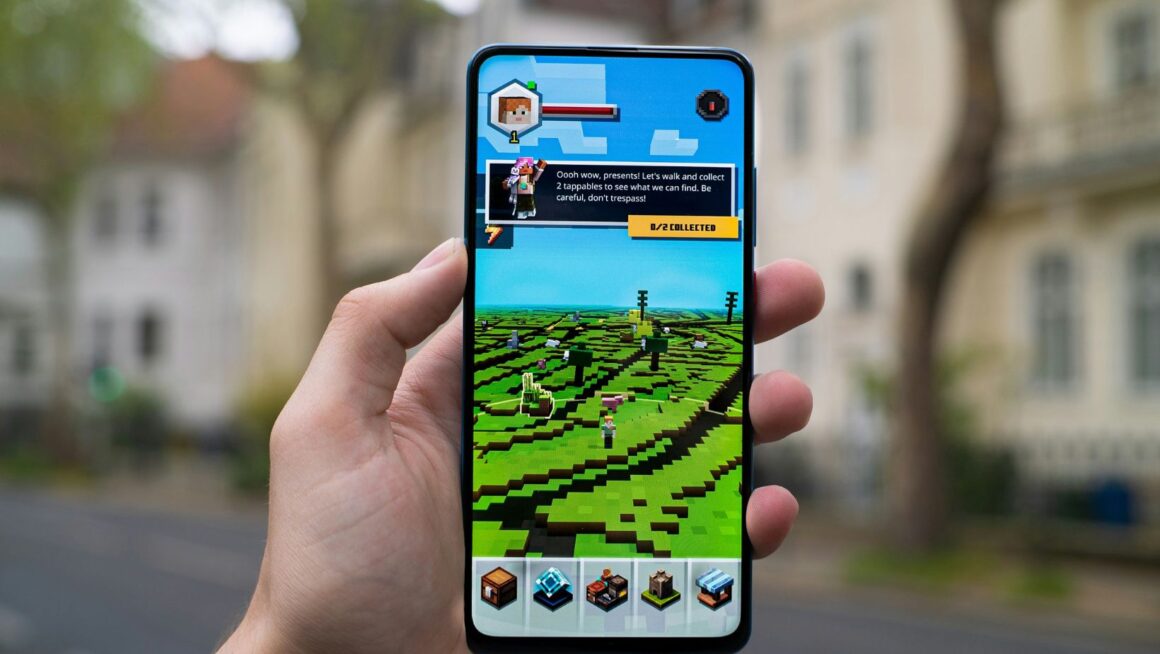The global video games industry is unquestionably the modern media juggernaut of the 21st century. With revenues in excess of $300bn a year, it has decisively eclipsed the now old-guard concerns of Hollywood and the TV sector.
The reasons underpinning this success are well understood. Whereas less interactive media, such as movie, can only generate a return from the consumer a finite number of times (think rentals, one-time purchases, new deluxe remasters etc.) – the games industry has refined a monetization model that removes conventional barriers to growth.
That’s because video games are living products. The rise of the so-called ‘live service’ game has created a situation where the industry can continually and incrementally generate revenue from its existing products by way of time-bound season passes, new DLC and an endless churn of customizable microtransactions. Such methods made Fortnite, an ostensibly free-to-play game, $9 billion in its first two years.
But it’s not just clever financing models that have come to ensure that gaming is the leading entertainment product today – it’s a commitment to continual innovation and the embrace of new technologies, such as those explored below, that have enabled it to outcompete rivals.
Mobile Optimization at Depth
One of the most significant factors in the rise of the games industry was the advent of the smartphone. This device, which has reconfigured virtually every consumer-facing industry operating today, had an outsize impact on the world of gaming for several reasons. First, it introduced new audiences to the thrills of video games.
Historically, gamers have been a self-selecting demographic due to the fact that to play games one needed to invest in costly proprietary hardware, like games consoles.

What smartphones did is put a device capable of running quality games into the hands of millions of people who would never consider investing in a console. Now, over 50% of all gaming revenue comes from mobile products as a result.
With this change in focus, web-based gaming products have gone to great lengths to optimize their experiences for the smartphone market by prioritizing touch controls, ease of navigation on mobile browsers, and the adoption of the smartphone-favoring portrait layout in game design.
Certain sectors of the games industry, such as online casinos, have historically been underrepresented in the official app stores of iOS and Android devices yet have become a mainstay of mobile gaming by leaning into mobile optimization. This has made the likes of one-armed bandit titles by reputable platforms among the most popular games played on the hardware format.
Virtual Reality
While talk of the metaverse and Apple’s recently launched Vision Pro headset has centered on this new technology’s prospective utility for business and communication, the origins of the tech is firmly rooted in the world of gaming.
The Meta Quest line of headsets provided by Meta, formerly Facebook, for use with their ambitious metaverse project, are designed and developed by Oculus, a once independent VR headset manufacturer focused on building next-generation peripherals for gaming.
Elsewhere, Sony has invested a great deal of resources into building out the PlayStation’s VR capabilities, with their latest PSVR2 headset lauded for its sophisticated head-tracking and controller interfaces.

Microsoft, likewise, has been developing a mixed-reality headset called the HoloLens, whose focus is more squarely on Augmented Reality rather than fully Virtual Reality, with the prospect that the next generation of AR games like Pokémon Go could be enjoyed hands-free and with deep immersion.
Ultimately, the end-goal for all these VR gaming experiments is the arrival of persistent VR open worlds to explore, with several developers and initiatives coming at this project from different angles. It is thought that the aforementioned Apple product, the Vision Pro, will do much to help validate the technology in the eyes of the general public.
After all, Apple was behind the widespread acceptance and adoption of the smartphone, tablet, and wearable tech form factors. Thus, it may be Apple Arcade that will play home to the first true viral VR hit of the 2020s.

